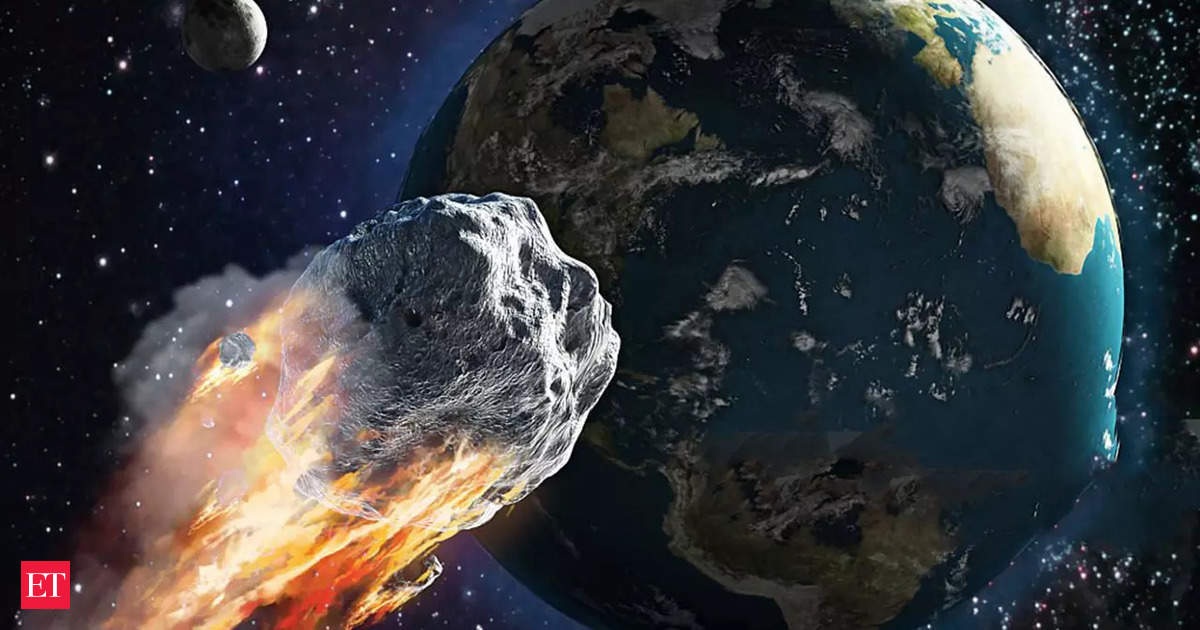Time: 2024-06-24
In a recent hypothetical exercise conducted by NASA, it was revealed that a potentially hazardous asteroid has a 72% chance of hitting Earth in the year 2038. The exercise, known as the fifth biennial Planetary Defense Interagency Tabletop Exercise, aimed to assess Earth's ability to respond effectively to such a threat. While there are currently no significant asteroid threats on the horizon, the exercise highlighted potential gaps in Earth's preparedness to prevent such an event.
During the exercise, which included nearly 100 representatives from various US government agencies and international collaborators, valuable insights were gained about the risks, response options, and opportunities for collaboration in the face of varying scenarios. The exercise underscored key gaps in Earth's preparedness, including decision-making processes, limited readiness for quick implementation of space missions, timely global coordination of messaging, and undefined asteroid-impact disaster management plans.

Asteroids are remnants from the formation of our solar system and come in various sizes and shapes. NASA maintains a dashboard that tracks asteroids and comets making close approaches to Earth. The dashboard displays important information such as the date of the closest approach, object diameter, relative size, and distance from Earth for each encounter. Asteroids are primarily composed of rocks, clays, or metals like nickel and iron, and they have jagged and irregular shapes.
NASA's DART (Double Asteroid Redirection Test) mission, the first of its kind, has confirmed the ability to change an asteroid's trajectory, potentially preventing a catastrophic impact on Earth. Additionally, NASA is developing NEO Surveyor, an infrared space telescope set to be launched in 2028. NEO Surveyor aims to expedite the discovery of potentially hazardous near-Earth objects many years before they pose a threat to our planet. These initiatives, along with continued monitoring and research, are crucial in enhancing Earth's ability to detect and respond to possible asteroid impacts.
In conclusion, while the scenario presented in the exercise is hypothetical, it sheds light on the importance of preparedness for potential asteroid impacts. NASA's ongoing efforts in asteroid monitoring, technology development, and global collaboration are vital in ensuring the safety and security of our planet in the face of potential asteroid threats.